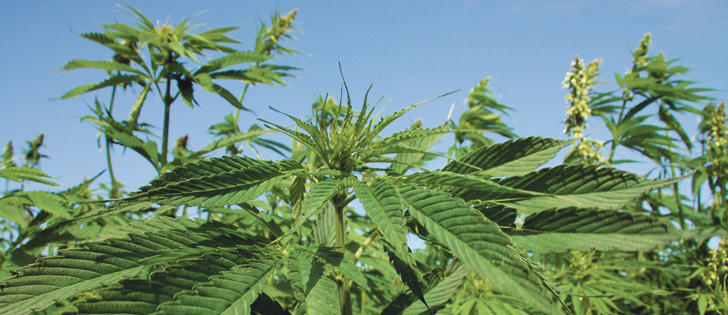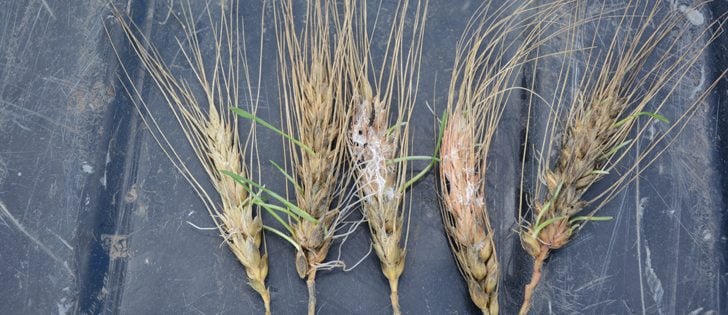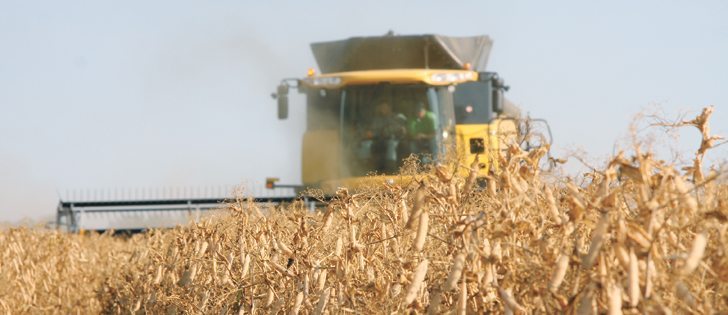Good prices, high quality and low dollar spark increase in exports
Things are looking rosy in Canada’s beekeeping industry.
Honey prices are hovering around US$2 per pound, and prairie beekeepers had minimal colony losses this winter.
More importantly, the Canadian dollar is now trading below 80 cents, which should help western Canadian beekeepers regain a larger share of the U.S. honey market.
According to U.S. census data, Canada exported 12,000 to 17,000 tonnes of honey to the United States in the late 2000s. At that time, Canadian honey represented 10 to 15 percent of U.S. imports.
Read Also

Critical growing season is ahead for soybeans
What the weather turns out to be in the United States is going to have a significant impact on Canadian producers’ prices
However, Canadian honey exports to the U.S. plummeted, in volume and in percentage, in 2013 and 2014. U.S. packers and processors imported 5,613 tonnes of Canadian honey last year, based on U.S. Census data, which was 3.4 percent of all U.S. imports.
Argentina, Vietnam and Uruguay have grabbed a larger slice of the U.S. honey market as Canada’s market share declined over the last seven years.
Allan Campbell, president of the Manitoba Beekeepers’ Association, said Canadian honey exports to the U.S. should rebound with the loonie now trading below 80 cents.
“I would expect to see U.S. exports increase this year,” said Campbell, who runs Durston Honey Farms near Dauphin, Man.
Canadian honey was less competitive in the U.S. market when the loonie was trading higher than 90 cents.
Canadian Honey Council data shows that honey exporters shifted their focus to Japan.
In the last five years, the amount of Canadian honey going to Japan nearly doubled, increasing from 1,600 tonnes in 2009 to more than 3,000 tonnes last year.
Campbell said selling honey to Japan is lucrative because they’re willing to pay more for Canadian honey.
“(There is) high confidence in the quality of Canadian honey. Japan is seen as a premium market and they pay a higher price,” he said.
“It’s probably 50 cents a lb. higher (to Japan), for sure.”
The monetary value of Canadian honey exports to Japan have more than doubled since 2009, going from C$6.7 million to $16.3 million, because honey prices have in-creased.
U.S. prices averaged 98 cents per lb. in 2007 and increased steadily to hit $2.10 per lb. in 2013, an increase of 110 percent over seven years, according to a market report on the American Honey Producers Association website.Prices have fallen off slightly this year, but Canadian honey producers will benefit from the relatively weak loonie.
The U.S. Department of Agriculture’s honey report for June said American importers were paying an average of US$1.90 to $1.94 per lb. for Canadian honey, which equates to C$2.40.
Paul Gregory, a beekeeper who farms near Fisher Branch, Man., said beekeepers in Manitoba might produce more honey this year because winter colony losses were exceptionally low and honey flow has been solid.
“Our whole year is prefaced on how they (bees) come through the winter,” Gregory said.
“Most of the beekeepers, right across the province, have had excellent results.”
Gregory said a substantial number of Manitoba beekeepers had winter losses of 10 percent or less.
A frost in late May in western Manitoba cut into bee productivity this spring, but it also forced many canola growers to reseed their crop. Gregory said that should stagger the canola bloom and lengthen the honey production period.
“Now that the crop (bloom) is spread out, we’re going to have a longer honey flow.”
Jorden Proctor, a beekeeper from Langham, Sask., said conditions are dry north of Saskatoon, and honey production is down this summer.
“There is honey coming in … but it will probably be an average or below average crop unless we get a few thunder showers. That may totally turn things around for us.”
On the positive side, Proctor has more bee colonies this summer because winter losses were low. As a result, pounds of honey per colony may be average but overall production could potentially rise.


















